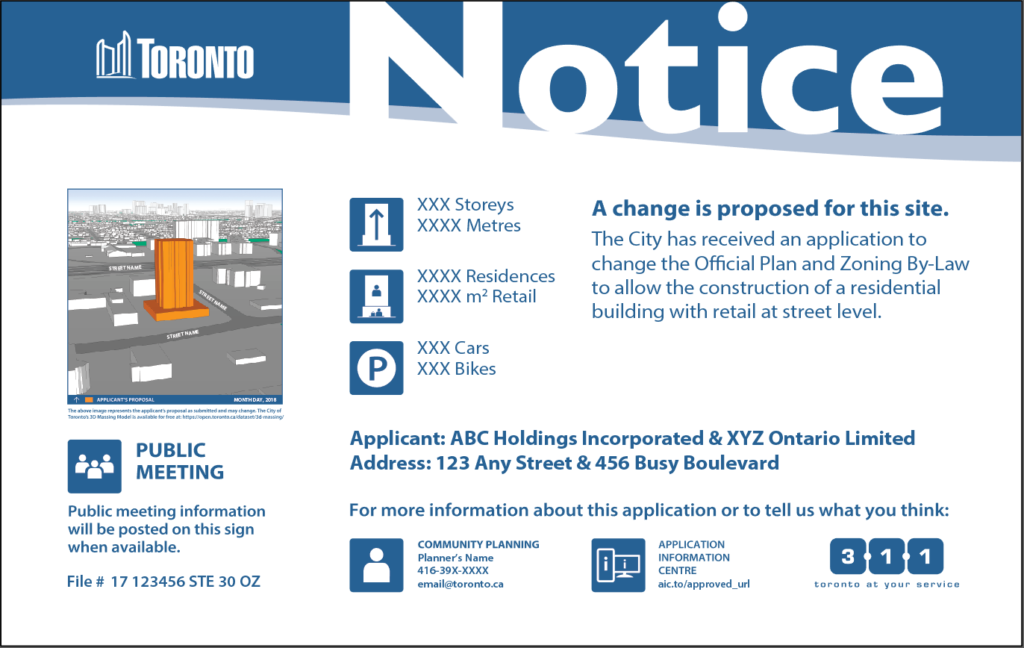
In Canada, land zoning is the process of dividing land into different areas or zones, each with its own set of regulations and guidelines for the use and development of the land. These regulations and guidelines are typically established by local municipalities and are designed to control the types of development that can occur in a given area, as well as to protect the environment and promote public health and safety. Some common types of land zones in Canada include residential, commercial, industrial, and agricultural zones, each with their own set of rules and regulations.
Residential land zoning in Canada refers to the classification of land that is intended for use as housing or other forms of residential development. This type of zoning typically includes areas for single-family homes, townhouses, and apartment buildings.
The regulations for residential land zoning vary by municipality, but they generally include guidelines for things like lot size, building height, and setbacks (the distance between the property line and the building). Residential zoning may also dictate the density of housing units allowed per acre or hectare, and may also regulate the type of housing structures allowed, such as single-family homes, duplexes, triplexes, etc.
Residential land zoning may also include special provisions for protecting natural and cultural heritage or for promoting affordable housing.
It’s important to note that these regulations may vary depending on the province or territory, and the local government may have different regulations.
In Canada, land zoning is typically divided into several main categories or classifications, each with its own set of regulations and guidelines. Some common types of land zones include:
-
Residential: This type of zoning is intended for housing and other forms of residential development, such as single-family homes, townhouses, and apartment buildings.
-
Commercial: This type of zoning is intended for businesses, shops, and other forms of commercial development, such as retail stores, office buildings, and hotels.
-
Industrial: This type of zoning is intended for manufacturing, warehousing, and other forms of industrial development, such as factories, warehouses, and distribution centers.
-
Agricultural: This type of zoning is intended for farming, ranching, and other forms of agricultural use, such as crops, livestock, and vineyards.
-
Recreational: This type of zoning is intended for public parkland, playgrounds, and other forms of recreational use, such as golf courses, sports fields, and swimming pools.
-
Environmental: This type of zoning is intended for preserving natural resources and ecosystems, such as wetlands, wildlife habitats, and protected areas.
It’s worth noting that local governments may have different classification systems. Additionally, some areas may have mixed-use zoning, which allows for multiple uses within the same zone, such as a combination of residential and commercial or industrial and recreational.
Residential zoning codes are the regulations and guidelines that govern the use and development of land intended for residential use. These codes vary by municipality, but they generally include guidelines for things like lot size, building height, and setbacks (the distance between the property line and the building).
Residential zoning codes may also dictate the density of housing units allowed per acre or hectare, and may also regulate the type of housing structures allowed, such as single-family homes, duplexes, triplexes, etc. They may also specify the minimum square footage for a single-family home, the number of stories allowed for multi-family dwellings, and the minimum and maximum lot coverage by the buildings.
Residential zoning codes may also include special provisions for protecting natural and cultural heritage or for promoting affordable housing. For example, municipalities may require developers to include a certain percentage of affordable housing units in new developments or to preserve historic buildings or landmarks.
It’s important to note that these regulations may vary depending on the province or territory and the local government may have different regulations, so it’s important to consult the specific codes for the area in question.
Residential zoning may also regulate the type of housing structures allowed, such as single-family homes, duplexes, triplexes, etc. This is known as “Use zoning” and it determines the permissible uses of land. For example, a zone designated for single-family homes would not permit the construction of a multi-family apartment building.
Residential zoning codes may also include special provisions for protecting natural and cultural heritage or for promoting affordable housing. For example, municipalities may require developers to include a certain percentage of affordable housing units in new developments or to preserve historic buildings or landmarks.
Additionally, some areas may have overlay zoning which superimposes additional regulations on a base zoning district, such as a conservation district overlay, which would require stricter regulations for things such as lot coverage and building height in order to protect natural resources.
It’s important to note that these regulations may vary depending on the province or territory, and the local government may have different regulations. It’s essential to consult the specific codes for the area in question before making any development plans.
In general, commercial zones will have more lenient regulations regarding building height, setbacks, and parking than residential zones. This is due to the fact that commercial properties tend to be more densely populated and generate more traffic than residential properties.
Commercial land zoning may also include special provisions for protecting natural and cultural heritage or for promoting sustainable development. For example, municipalities may require developers to include green spaces or to use sustainable materials in new commercial developments.
It’s important to note that these regulations may vary depending on the province or territory, and the local government may have different regulations. It’s essential to consult the specific codes for the area in question before making any development plans.
It is very important to check with local municipality the land use you intend, there should be proper consultation and clauses put to protect the buyer subject to verification with the city.
